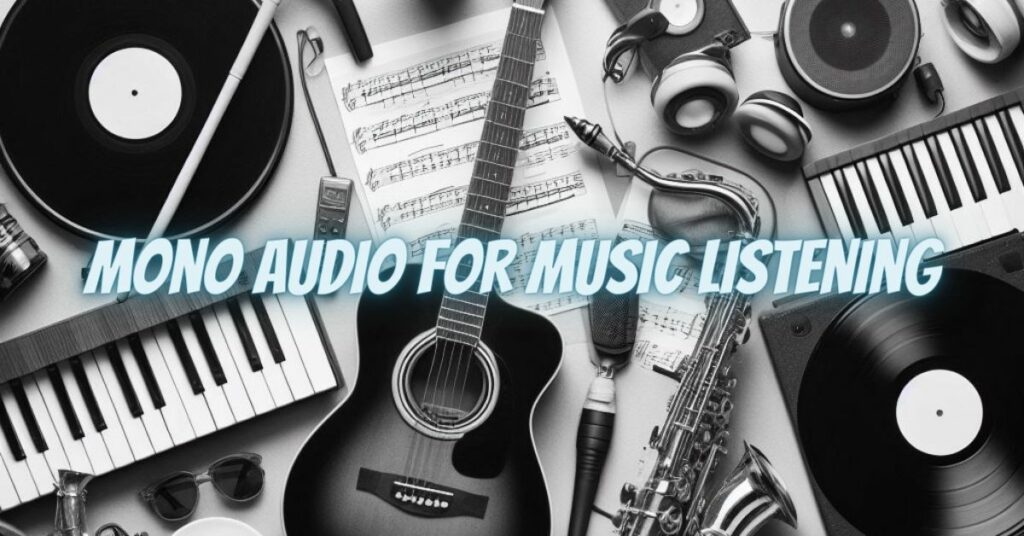Whether or not mono audio is better for listening to music is a matter of personal preference. However, there are some general advantages and disadvantages to consider.
Advantages of mono audio
- More focused and punchy sound: Mono audio can create a more focused and punchy sound, especially for solo vocal tracks or solo instruments. This is because all of the sound frequencies are combined into a single channel.
- Better compatibility with older playback devices: Many older playback devices, such as AM radios and mono speakers, can only play mono audio. If you’re creating content for older playback devices, you’ll want to use mono audio.
- Smaller file size: Mono audio files are smaller than stereo audio files. This is because they only contain a single channel of audio.
Disadvantages of mono audio
- Narrower soundstage: Mono audio does not create a stereo soundstage. This means that all of the sounds in a recording will be played through the center speaker. This can make the recording sound flat and narrow.
- Less immersive listening experience: A stereo soundstage can create a more immersive listening experience. This is because it allows listeners to hear sounds coming from different directions. This is especially noticeable when listening to music with headphones.
- Reduced separation of instruments and vocals: Mono audio can reduce the separation of the different instruments and vocals in a recording. This is because all of the instruments and vocals are played through the same channel. This can make the recording sound muddy and cluttered.
- Reduced dynamic range: Mono audio can reduce the dynamic range of a recording. The dynamic range is the difference between the loudest and quietest sounds in a recording. A higher dynamic range can make a recording sound more realistic and engaging.
When to use mono audio for music
Mono audio is often used for the following types of music:
- Spoken word recordings: Mono audio is often used for spoken word recordings, such as podcasts and audiobooks. This is because mono audio is more focused and punchy, which makes it easier to understand the speaker’s voice.
- Older music recordings: Mono audio was the standard for music recordings until the 1960s. If you’re listening to older music recordings, they’ll likely be in mono.
- Music with a single focus: Mono audio can be used to create a more focused and punchy sound for music with a single focus, such as a solo vocal track or solo instrument.
When to use stereo audio for music
Stereo audio is often used for the following types of music:
- Most modern music recordings: Stereo audio is the standard for most modern music recordings. Stereo audio creates a wider soundstage and a more immersive listening experience.
- Music with multiple instruments and vocals: Stereo audio is often used for music with multiple instruments and vocals. This is because stereo audio can better separate the different instruments and vocals in the recording.
- Music with complex arrangements: Stereo audio can be used to create complex arrangements of instruments and vocals. This can be especially effective for classical music and jazz.
Ultimately, the best way to decide whether to use mono audio or stereo audio for music is to experiment and see what sounds best to you. There is no right or wrong answer, and it all depends on your personal preference.


